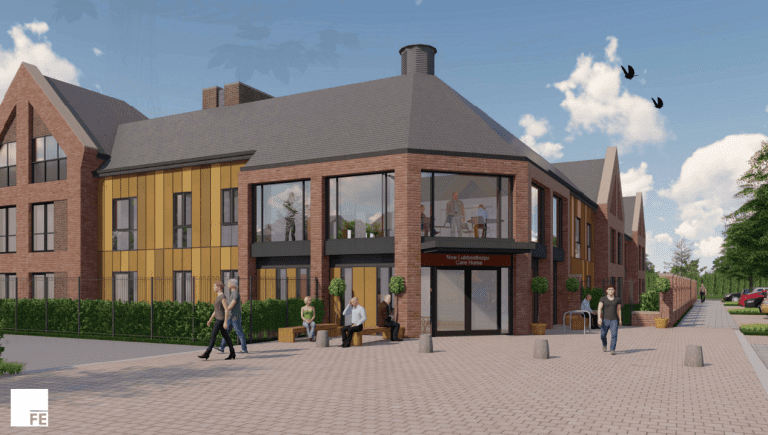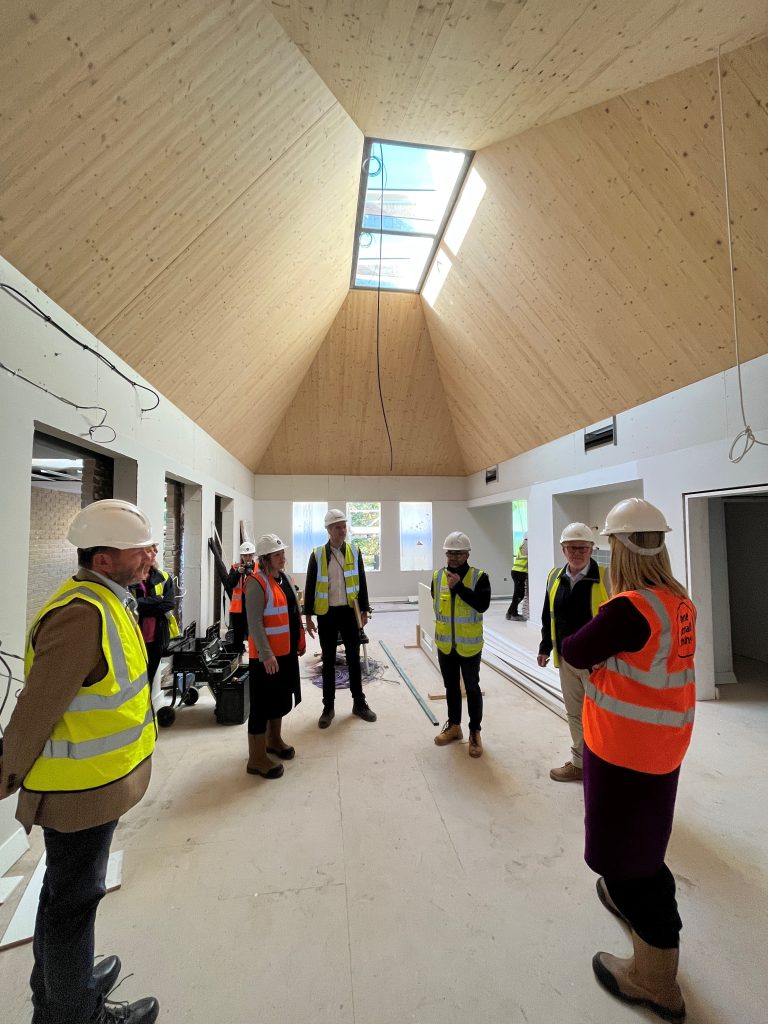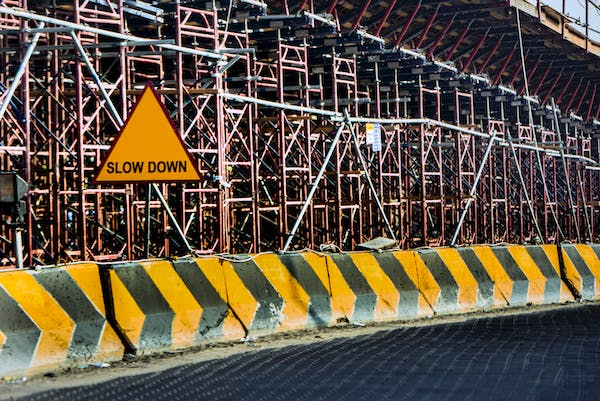HID, worldwide leader in trusted identity solutions, announces today the successful implementation of its mobile access solution, HID Mobile Access, and mobile-enabled Bluetooth® readers at the new Skyliner skyscraper in Warsaw, Poland. Located in the vibrant Wola business district, Skyliner is one of the tallest buildings in the capital at 195 metres high. It is the first skyscraper commissioned by the developer, Karimpol Group, a developer of office and business parks in Europe. With 42 stories, it offers 49,000 m2 of leasable space with the lower levels dedicated to retail. In terms of physical access control, the strategy has been to segment the building and create various zones based on usage: office space for tenants, free access areas for the public, along with underground parking. To meet security protocols, people are prevented from going directly from the garage to the office floors and are routed to the lobby area first. Szymon Zduńczyk, Karimpol Group’s technical department head, explains, “Another key goal was to introduce touchless entry as people pass the turnstiles in reception, with a lift automatically called to take them to the correct level. We wanted to keep everything as simple as possible for people who work and visit the building.” To achieve this and add value to tenants, Karimpol Group has installed a feature-rich workplace platform developed by Hellopark—the SkylinerAPP. The SkylinerAPP provides a range of functionality for each tenant and their staff: the ability to reserve car parking places, book desks and conference rooms, as well as receive information and news about the building or events going on within it. It is also a tool to log any maintenance requirements: the building’s facility managers are informed about them via the system so they can be dealt with promptly. A HID Mobile Access solution has been integrated with the SkylinerAPP to allow physical access to the building, with both Apple iOS and Android-based smartphones supported. Leveraging Seos® as its underlying credential technology, the HID solution was sourced and installed by GMP Power, who also managed the programming of 300 door readers so they integrate with the mobile access solution. Simplified setup and integration To date, 1,600 users are registered in the SkylinerAPP. The process of adding and authorizing staff to use it is straightforward. On the backend, an office administrator first registers them in the building’s security management system. Each employee then downloads the SkylinerAPP by visiting Google Play or the Apple App Store. Maciej Kizlich, Hellopark’s chief executive officer, explains further, “To make this work at the door level, we’ve integrated HID’s SDK into our mobile app, along with HID’s Origo portal which links to our admin panel. Origo allows us to manage the credentials based on available licences and assign batches of virtual cards to specific tenants. It also integrates with the security management system, so that as long as the user is registered in it, all they need to do once they’ve downloaded the SkylinerAPP, is confirm their identity by clicking on a registration email and they get access.” The system has also been designed so that tenants can manage the virtual credentials themselves from within the SkylinerAPP. At the outset of the project, Karimpol Group specified an access control solution which offered the option to use physical cards as well as an app-based mobile approach. “We expected to run a dual system. As it turns out, 95% of tenants have only ever used the mobile one, with physical cards just given to visitors. That’s due to the success of the SkylinerAPP,” Zduńczyk continues. Integrated mobile access control drives workplace app usage Having mobile-based access control tightly integrated with the SkylinerAPP has added considerable value and driven its usage. Traffic is high and tens of thousands of requests are made within the app. “The amount of interaction people have had with it shows we’ve done a great job. It’s not just another building management app that no one uses. It really helps people get the most out of the building and be more productive in their day-to-day work,” Kizlich adds. Tenants in the building are very positive about it, too. Bolt—the European mobility super app offering ride hailing, shared cars, e-bikes and scooters along with a food and grocery delivery—is one such organization. Karolina Cieślak, Bolt’s regional office manager, explains, “In our previous building, we just used plastic cards. But staff were always losing or forgetting them which wasted my time. Our reception would have to call me to confirm that an individual was really an employee and I’d then have to reissue a card. The attraction of the SkylinerAPP in conjunction with HID’s mobile access solution is one of convenience as frankly no one leaves their home without their phone, I can activate and deactivate virtual credentials easily and, as physical plastic cards aren’t used anymore, it helps us be more green.” Looking to the future, Karimpol Group is preparing to start work on the second phase of the Skyliner masterplan. “We’re collecting feedback from tenants and going through a lessons-learned process, but the expectation is that we’ll implement a HID and Hellopark solution in the next project based on our experiences,” Zduńczyk concludes. Building, Design & Construction Magazine | The Choice of Industry Professionals











